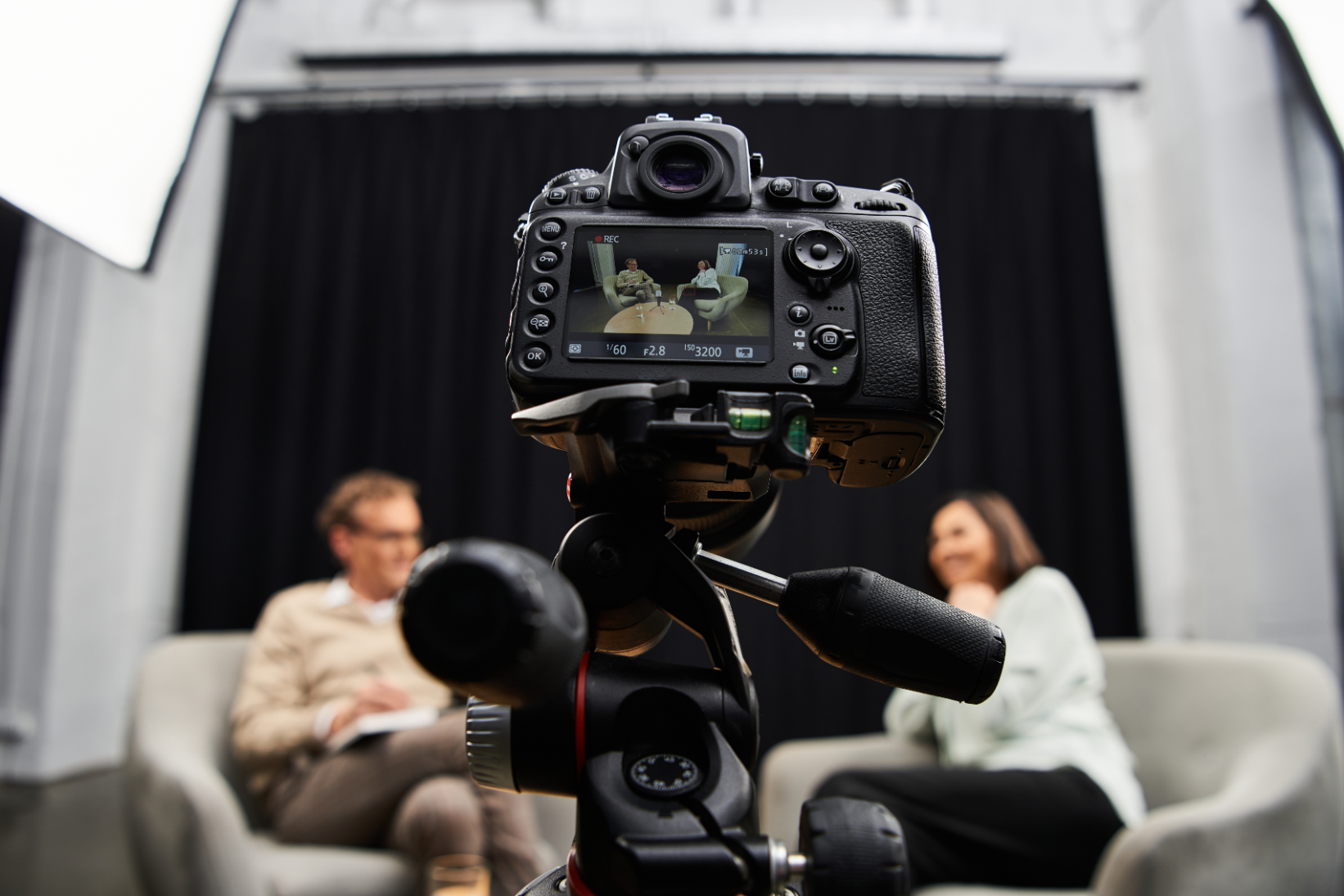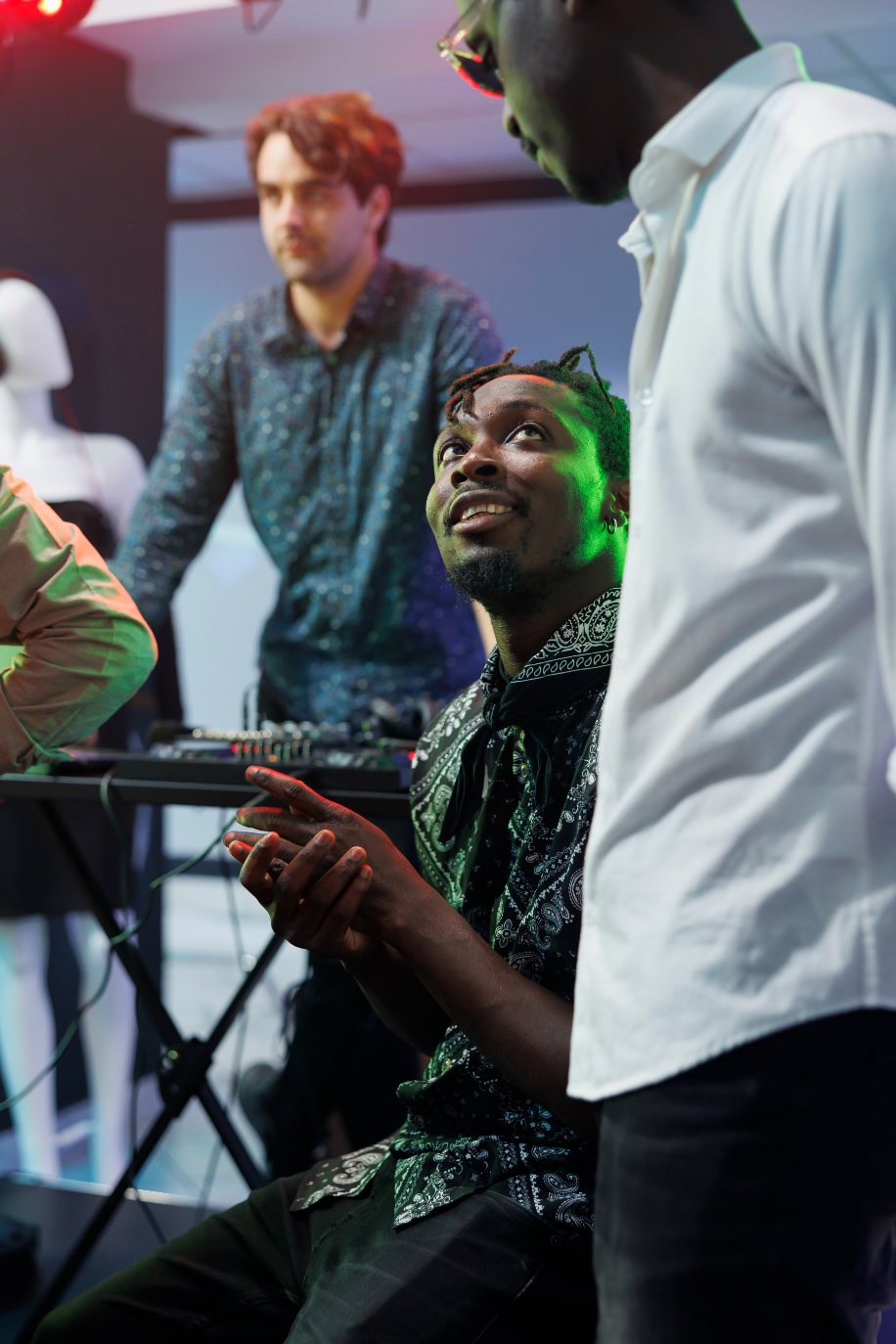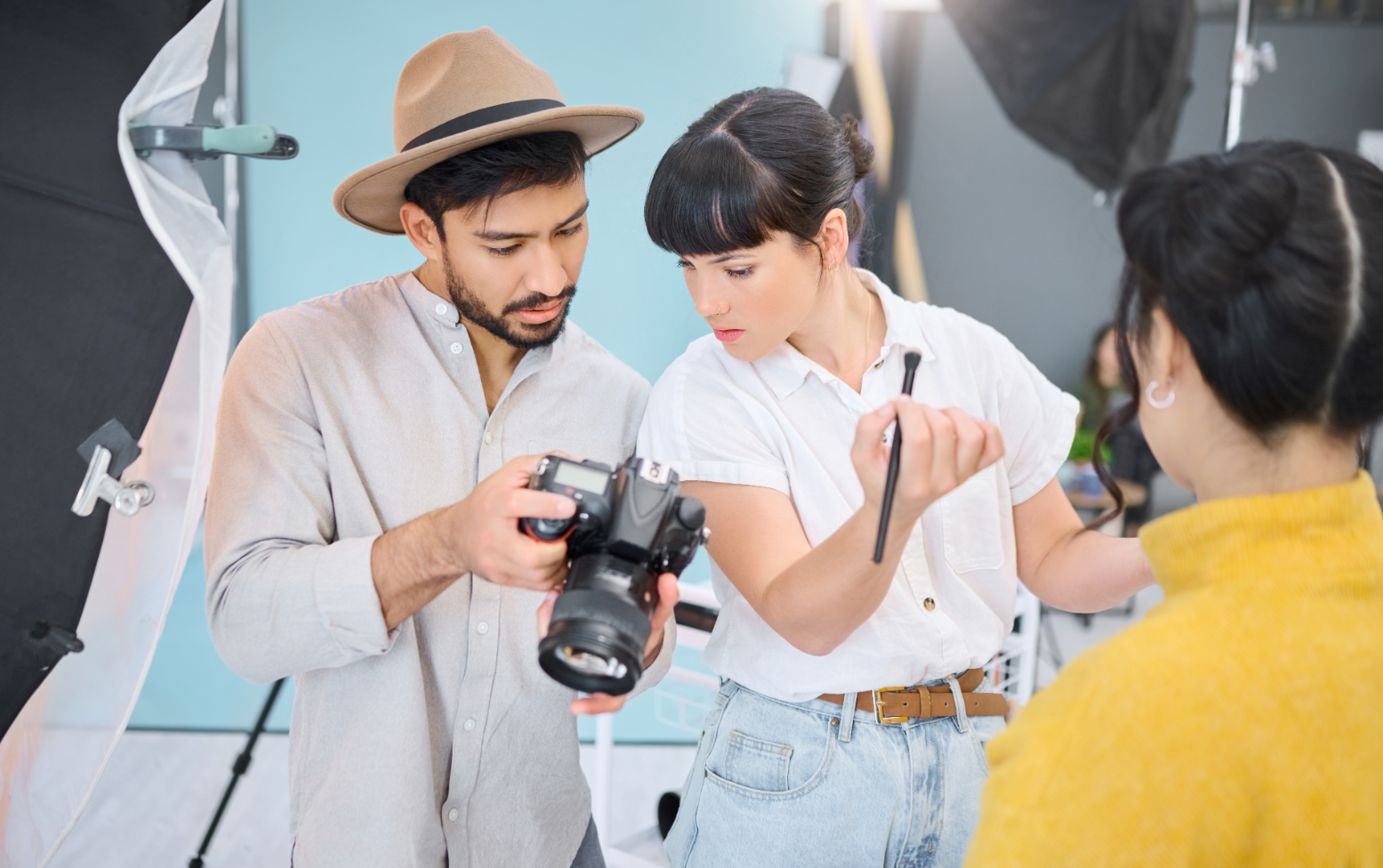Event Video Pro: Coverage Tips & Checklist
So, you've landed an event video gig – congratulations! But before you even think about pressing record, remember that stellar event coverage starts long before the first guest arrives. Proper pre-production is the secret sauce that separates amateur footage from a compelling, professional-looking event video. It's about understanding the event's goals, identifying key moments, and planning your shots strategically.Capturing the Essence: Pre-Production Planning for Event Video Success
Start by thoroughly understanding your client’s vision. What are their objectives for the video? Are they showcasing a product launch, highlighting a company culture, or capturing the overall energy of a conference? Discuss their target audience and the key takeaways they want viewers to remember. Ask for a detailed event schedule and list of speakers or performers. Don't forget to confirm access to necessary power outlets and lighting conditions. These initial conversations are invaluable for creating a focused and effective video.
Once you understand the event's purpose, scout the venue beforehand if possible. Identify potential shooting locations, lighting challenges, and audio obstacles. This allows you to plan your camera angles, lighting setups (if needed), and microphone placements. Create a shot list based on the event schedule and your client's priorities. A well-defined shot list ensures you capture all the crucial moments and avoids any last-minute scrambling. It also gives you a structured approach to your coverage, making the editing process smoother later on.
Having the right equipment is crucial for capturing high-quality event footage. While the specifics depend on the event's scale and your client's budget, there are some essential items every event videographer should have in their arsenal. Think of it as building a reliable toolkit for storytelling.Gear Up: Essential Equipment for Event Video Excellence
First and foremost, invest in a reliable camera. A DSLR or mirrorless camera with good low-light performance is a solid choice. You'll need various lenses to capture different perspectives, from wide shots of the crowd to close-ups of speakers. Don't underestimate the importance of audio! External microphones, such as lavalier mics for speakers and shotgun mics for ambient sound, are essential for capturing clear and crisp audio. Tripods and stabilizers are non-negotiable for smooth, professional-looking footage. Consider a monopod for more dynamic, mobile shots. Extra batteries and memory cards are crucial to avoid running out of power or storage mid-event. And finally, a good quality field monitor can assist in judging exposure and focus while on the move.
Beyond the basics, consider additional gear that can elevate your video's production value. Portable lighting kits can improve the visual quality in dimly lit venues. A slider or gimbal can add smooth, cinematic movement to your shots. A drone (with proper permits, of course) can capture stunning aerial footage of the event. Remember, the right gear empowers you to capture the event in the best possible light and deliver a truly captivating video.
The event is in full swing, and it's time to put your pre-production planning into action. Remaining adaptable and thinking on your feet is crucial, as live events rarely go exactly as planned. Stay calm, collected, and focused on capturing the most important moments while maintaining professional etiquette.In the Moment: On-Site Event Coverage Strategies
Start by following your shot list, but be prepared to deviate if necessary. Keep an eye out for unexpected moments or opportunities that add value to the video. Capture a mix of wide shots to establish the scene, medium shots to show interactions, and close-ups to highlight emotions and details. Pay attention to the event's flow and anticipate key moments, such as keynote speeches, award presentations, or musical performances. Get multiple angles of the same event, if possible, as these can be woven together during the editing phase.
Remember to be discreet and respectful of the event and attendees. Avoid blocking views or disrupting the flow of the event. Dress professionally and maintain a positive attitude. Communicate clearly with the event organizers and staff if you need assistance or clarification. Collect release forms from any attendees who are prominently featured in your video, especially if it's a commercial event. And most importantly, stay present and engaged in the event. Your passion and enthusiasm will translate into a more authentic and compelling video.
You've captured all the raw footage – now comes the crucial stage of post-production. This is where you transform your raw materials into a polished, engaging event video that tells a compelling story. Think of yourself as a storyteller, carefully crafting the narrative through editing.Post-Production Power: Editing for Impact
Start by organizing your footage and creating a rough cut. Select the best takes and arrange them in a logical sequence. Focus on telling a clear and concise story, highlighting the key moments and messages of the event. Add music and sound effects to enhance the emotional impact of the video. Pay attention to pacing and rhythm, ensuring that the video keeps viewers engaged from beginning to end. You can add the company logo, name and web address to the screen to create a sense of identity and continuity. If you interviewed people during the event, use some of their quotes to drive key points home.
Next, refine the edit, paying close attention to transitions, color correction, and audio levels. Ensure that the video is visually appealing and sounds professional. Add titles and graphics to provide context and information. Get feedback from your client and incorporate their suggestions. Finally, export the video in the appropriate format and resolution for its intended platform. A well-edited event video is a powerful marketing tool that can help your client achieve their goals and leave a lasting impression on their audience.
Event Video Pro Checklist
Capturing the essence of an event through video requires careful planning, the right equipment, and a keen eye for detail. By following these tips and checklist, you'll be well on your way to creating compelling event videos that exceed your client's expectations. Ready to elevate your event video production? At FilmBaker, we understand the power of visual storytelling. We offer a range of services to help you create stunning videos that engage your audience and achieve your business goals. Contact us today to discuss your project and discover how we can bring your vision to life.Conclusion
.avif)


